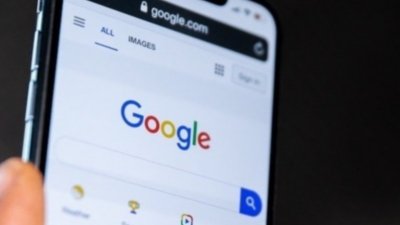Apple on Tuesday released an important update to its iTunes U iOS app, adding features like a cloud-capable document picker. Google meanwhile debuted Motion Stills, an iPhone app that creates unusual GIFs based on Live Photos.
The iTunes U update, version 3.3, lets users add materials stored on various cloud services. On top of Apple's iCloud Drive, other examples include Box, Dropbox, and Google Drive.
Teachers can now import class rosters from Apple School Manager, and point students to specific iTunes U courses through the separate Classroom app. Finally, Explain Everything and Notability project files can be used either as course materials by staff or hand-ins by students.
Google's Motion Stills uses special video stabilization technology to freeze the background of a Live Photo during the GIF conversion process. The app also tries to calculate the optimal start and stop points for a loop, and toss any blurry frames.
Notably Motion Stills works without signing into Google services, or even an internet connection. Multiple GIFs can be combined into a montage, and any output can be shared via messaging apps or social networks.
The app nominally works on any iPhone with iOS 9 or later. Only the iPhone SE, iPhone 6s, and iPhone 6s Plus support Live Photos, however.
 Roger Fingas
Roger Fingas









 Christine McKee
Christine McKee
 Malcolm Owen
Malcolm Owen

 Sponsored Content
Sponsored Content

 Amber Neely
Amber Neely











1 Comment
Interesting that Goog don't require you to sign in to make use of the app. I had hoped that as people saw just how shaky some of their live photos were they would start to hold the camera still while taking photos and maybe even work on trying to actual frame the shot better. Some live photos I've been sent by friends have the first and last frame pointing at the floor!! Not so much now though that Apple has improved the software to discard the live photo when this occurs. I would prefer to see Apple continue to improve the algorithms that reject blurry live photos to encourage the user to improve their photography skills rather than just trying to take a blurry live photo and try an fix it. Although maybe a mix of both approaches built into iOS would be handy.